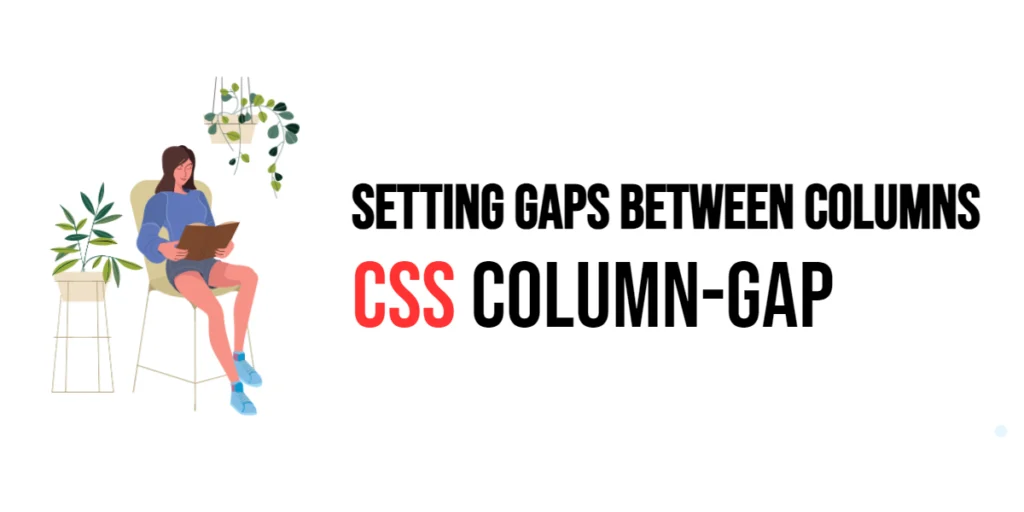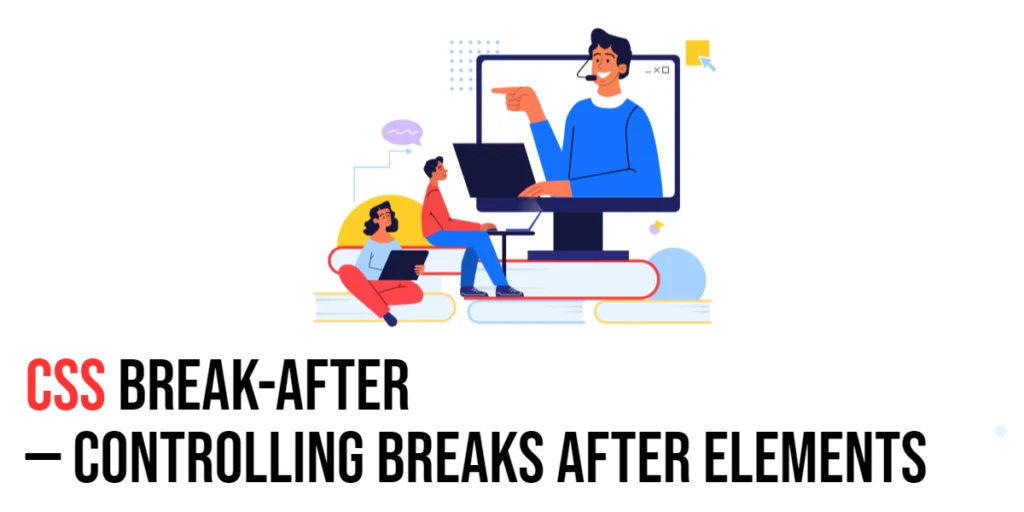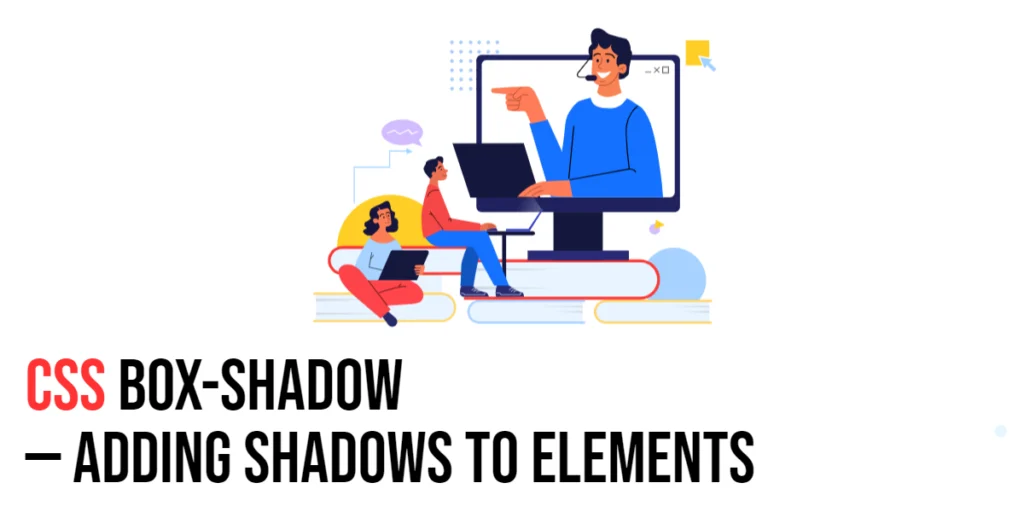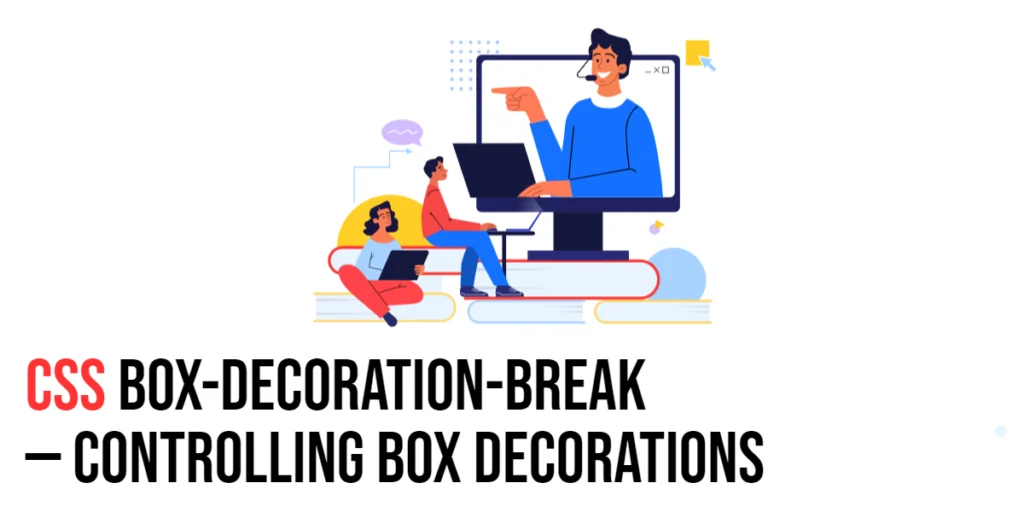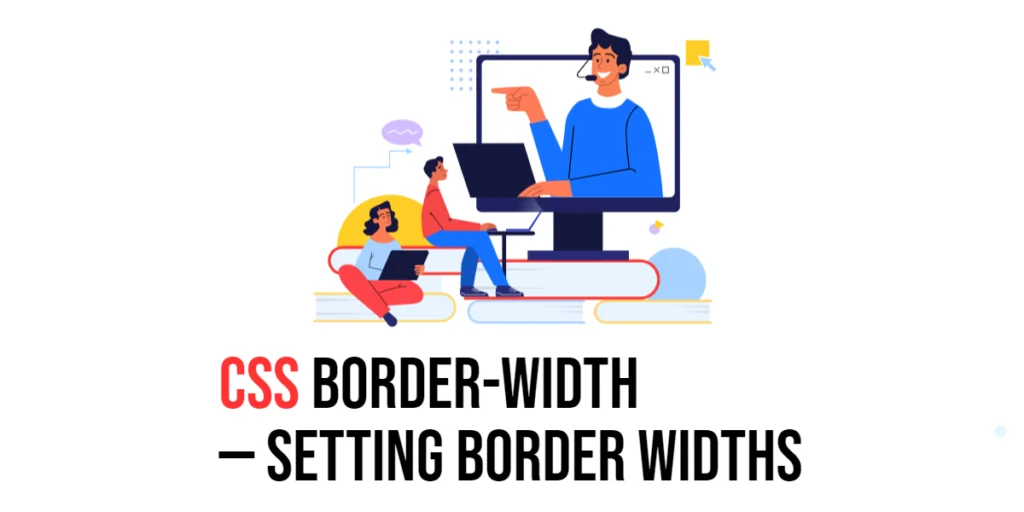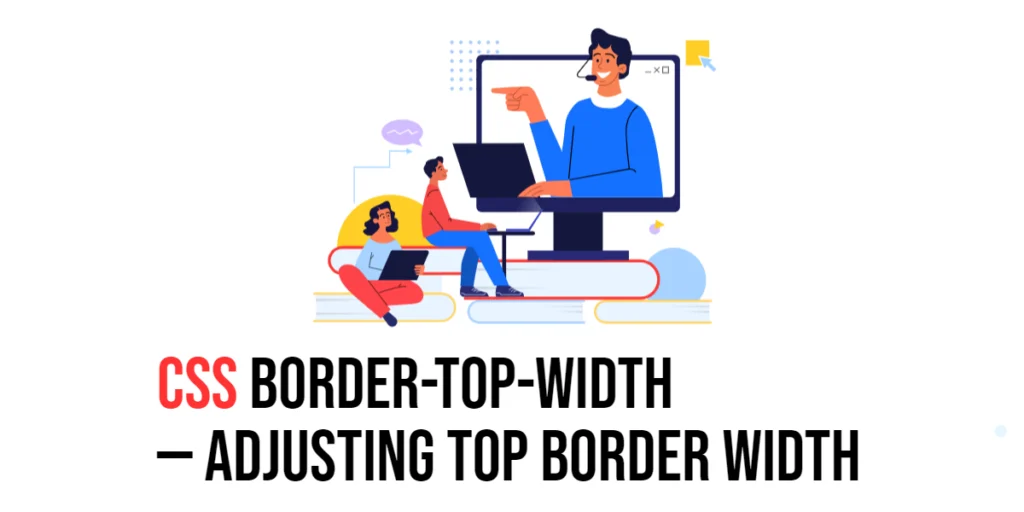CSS: Column-Gap – Setting Gaps Between Columns
The column-gap property in CSS is used to set the spacing between columns in a multi-column layout. This property helps create visual separation between columns, improving readability and aesthetic appeal. By defining the gaps between columns, you can ensure that content is evenly distributed and easy to navigate. Setting gaps between columns is crucial for […]
CSS: Column-Gap – Setting Gaps Between Columns Read More »
